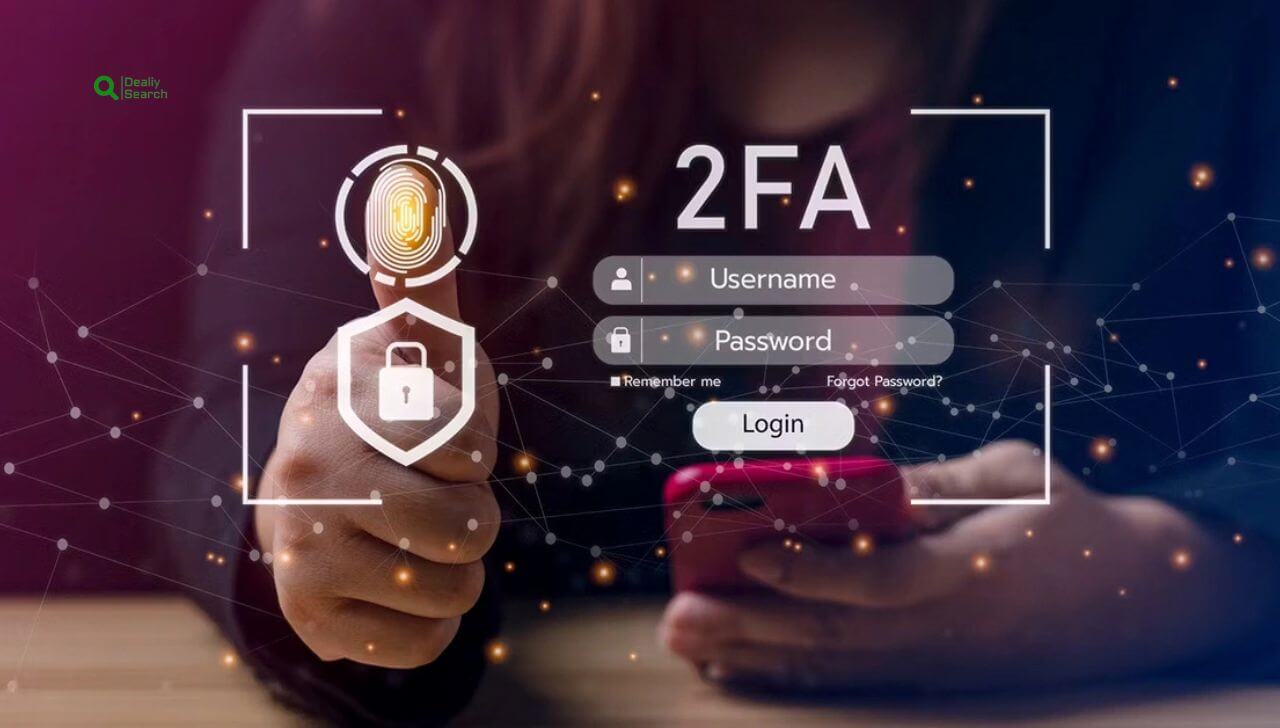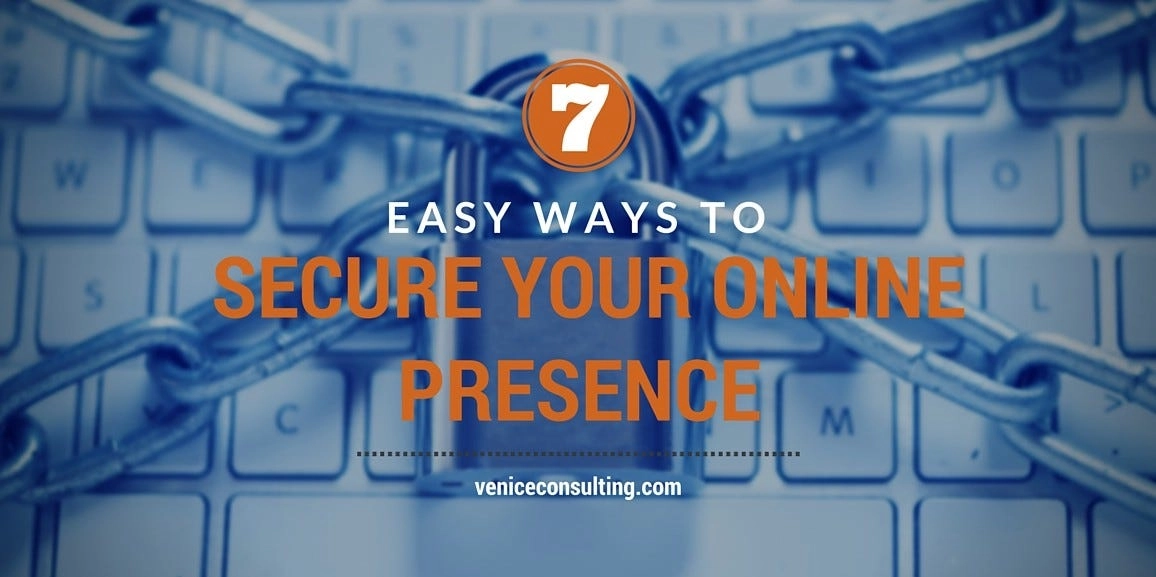Secure Your Accounts with Two-Factor Authentication

In today’s digital world, securing personal information is more important than ever. Cyber threats are constantly evolving, making simple passwords no longer enough to protect sensitive data. That’s where enhanced security measures come into play. One such method adds an extra shield by requiring users to verify their identity through two different steps during login. This approach significantly reduces the risk of unauthorized access, even if a password is compromised.
It combines something you know, like a password, with something you have, such as a phone or a fingerprint. This layered verification process offers a stronger defense against hackers and identity theft. Two-Factor Authentication provides peace of mind by ensuring that only the rightful owner can access their accounts and information.
What Is Two-Factor Authentication?
Two-Factor Authentication is a security feature that adds an extra step to the login process, making it harder for unauthorized users to access your accounts. Instead of relying on just a password, it requires a second form of verification such as a code sent to your phone, a fingerprint, or an authentication app. This method greatly enhances account protection, even if your password is compromised. By requiring two different types of identification, it provides a stronger defense against hacking, fraud, and identity theft across online platforms.
The Importance of 2FA in Enhancing Security
In today’s digital age, securing online accounts has become more critical than ever. With the increasing number of cyber threats, relying solely on passwords is no longer sufficient. This is where 2FA, or Two-Factor Authentication, plays a vital role in enhancing security. By requiring users to verify their identity through a second method such as a one-time code, fingerprint, or authentication app 2FA significantly reduces the risk of unauthorized access.
Even if a hacker obtains your password, they won’t be able to access your account without the second verification step. This added layer of protection safeguards sensitive information, personal data, and financial details from cybercriminals. It’s especially important for accounts related to banking, email, social media, and cloud storage. Enabling 2FA is a simple yet powerful step toward better online security. In a world where data breaches are common, using 2FA can make a real difference in keeping your digital life safe.
How Two-Factor Authentication works
Two-Factor Authentication works by requiring two separate forms of identification before granting access to an account. The first factor is usually something the user knows, such as a password or PIN. After entering this, the system prompts for a second factor something the user has or is. This could be a code sent via SMS or email, a prompt in an authentication app, a fingerprint scan, or facial recognition. Only when both factors are successfully verified is access granted.
This layered approach significantly strengthens security because even if a hacker obtains the password, they would still need the second verification method to log in. This makes unauthorized access much more difficult, helping to protect personal data and sensitive information from cyber threats. Two-Factor Authentication is widely used across banking platforms, social media, email services, and other online accounts to ensure a higher level of security for users.
2FA Made Easy With Duo
Duo makes Two-Factor Authentication simple, fast, and secure for everyone. Designed with user convenience in mind, Duo allows you to protect your online accounts with just a few taps. After entering your password, you can approve a login request using the Duo Mobile app on your smartphone no need to wait for codes or remember extra passwords. Duo supports a range of verification methods including push notifications, passcodes, and biometric options.
It’s trusted by individuals and organizations alike to guard against unauthorized access and data breaches. Whether you’re securing your personal email or your company’s internal systems, Duo provides a seamless 2FA experience that strengthens your digital security without complicating your login process. With Duo, enhancing your protection is as easy as a single tap.
Types of Two-Factor Authentication (2FA)
Two-Factor Authentication strengthens account security by requiring two different types of identification. Here’s a detailed look at the most common types:
SMS-Based 2FA: After entering your password, a one-time code is sent to your registered mobile number via SMS. You must enter this code to complete the login. While it’s easy to use, it can be vulnerable to SIM-swapping or interception.
Email-Based 2FA: A verification code or login link is sent to your email address. You must access your email and enter the code or click the link to proceed. It’s convenient but not ideal if your email account is also compromised.
Authentication Apps: Apps like Google Authenticator, Microsoft Authenticator, and Authy generate time-based one-time passwords (TOTP) that refresh every 30 seconds. These apps work offline and are more secure than SMS or email-based methods.
Push Notification 2FA: Services like Duo and Authy send a push notification to your phone or tablet. You simply approve or deny the login attempt with one tap. It’s fast, user-friendly, and less prone to phishing.
Biometric Verification: This method uses unique biological traits like fingerprints, facial recognition, or voice patterns. Biometrics offer a high level of security and convenience, especially on smartphones and modern laptops.
Hardware Tokens: Physical devices like YubiKey or RSA SecurID generate secure login codes or use USB/NFC to authenticate directly. These are highly secure and often used by professionals or organizations with sensitive data.
Each type has its strengths, and the best choice depends on your security needs and convenience preferences. For maximum protection, many users combine methods (e.g., password + app or biometrics).
Benefits of Two-Factor Authentication (2FA)
Two-Factor Authentication offers a powerful layer of protection for your online accounts. One of the main benefits is enhanced security. By requiring a second form of verification such as a code, fingerprint, or authentication appetent if someone steals your password, they can’t access your account without the second factor. This significantly reduces the risk of hacking, phishing, and identity theft. 2FA also increases user confidence, knowing that their sensitive data is better protected.
It’s especially useful for securing emails, banking apps, cloud storage, and social media accounts. For businesses, 2FA helps prevent unauthorized access to internal systems, reducing the chance of costly data breaches. Additionally, many 2FA methods are easy to set up and use, providing strong security without sacrificing convenience. Whether for personal or professional use, 2FA is an essential tool in today’s digital world to safeguard your online identity and maintain data privacy.
Frequently Asked Question
Here are some frequently asked question about this topic:
What is Two-Factor Authentication?
This is a security process that requires two different types of identification to access an account. It adds an extra layer of protection by combining something you know (like a password) with something you have or are, such as a phone or fingerprint.
Why is Two-Factor Authentication important?
2FA is important because it greatly reduces the risk of unauthorized access. Even if your password is stolen, the second verification step ensures that only you can access your account, protecting your personal data and online identity.
How does Two-Factor Authentication work?
2FA works by first requiring a password, then asking for a second verification step like a code sent via SMS, an authenticator app, or biometric data. This dual-step process makes hacking attempts much more difficult and increases account security.
Is Two-Factor Authentication secure?
Yes, 2FA is considered highly secure. It provides an extra layer of protection beyond passwords, making it harder for hackers to gain access. While not 100% foolproof, it significantly strengthens your digital safety and is far safer than password-only logins.
What are examples of Two-Factor Authentication?
Common examples of this include receiving a one-time code via SMS or email, using Google Authenticator or Authy apps, and logging in with a fingerprint or face recognition after entering your password. These methods make unauthorized access more difficult.
Can I use Two-Factor Authentication on all accounts?
Many online services support Two-Factor Authentication, including email, social media, banking, and cloud storage platforms. However, not all websites offer it. It’s recommended to enable 2FA wherever available to maximize your online security.
What if I lose access to my Two-Factor Authentication method?
If you lose access to your Two-Factor Authentication method, most platforms offer backup options like recovery codes, secondary email, or support verification. It’s important to set up these backup methods in advance to regain access safely if needed.
Conclusion
Two-Factor Authentication is a simple yet highly effective way to protect your online accounts from unauthorized access. By requiring a second layer of verification, it significantly strengthens your digital security and minimizes the risk of cyberattacks, even if your password is compromised. With various options like SMS codes, authenticator apps, biometrics, and hardware tokens, 2FA offers flexibility and convenience for users across different platforms.
In a time where data breaches and identity theft are becoming more common, enabling 2FA is a smart and proactive step toward safeguarding your personal and professional information. Whether you’re an individual or a business, using Two-Factor Authentication is an essential practice in maintaining a secure and trustworthy online presence.

